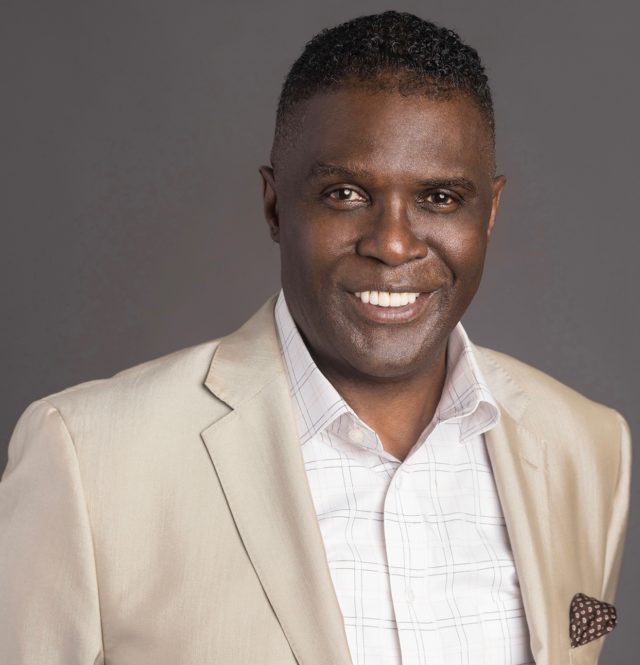By Glenn Ellis
In her just-released book, Michelle Obama made public, for the first time, that she used In-Vitro Fertilization (IVF) to have both her daughters. Michelle Obama, at 34-years old, experienced something many women and couples have a hard time discussing: infertility.
The news, TV, internet, magazines, newspapers and movie stars have popularized infertility and fertility therapy. They have also popularized having babies over the age of 40. Celebrities are now more open about the use of fertility therapy, donor eggs and donor sperm to conceive. Like it or not, celebrities have made it less shameful to experience infertility.
About 10 percent of U.S. women between 15 and 44 years old (or 6.1 million) have difficulty getting or staying pregnant, according to the Centers for Disease Control and Prevention. In about 8 percent of couples’ infertility, the problem lies with the male, whereas in 35 percent of infertility cases, it is both the male and female.
IVF is a common infertility treatment. During the procedure, a fertility doctor takes the eggs from the ovaries using a small needle and fertilizes them with sperm in a specialized lab. After fertilization happens, the eggs develop into embryos. Three to five days later, the specialist re-implants the embryos back into the uterus.
However, in some cases, the eggs of a “donor” are required for many couples to have children. In these cases, the eggs of a donor are used to fertilize the sperm of the father, and then reinserted in the uterus of the mother.
What we don’t know at this time is whether Michelle used her own eggs, or they were the eggs of a third-party donor.
There are many ethical issues with egg donation to consider.
Concern has also been raised about the long-term health of children born through IVF. Other-wise healthy children conceived by IVF may have higher blood pressure, adiposity, glucose levels, and more generalized vascular dysfunction than children conceived naturally.
Unlike the process men undergo to donate sperm, the preparation and procedure involved in egg donation require a longer-term commitment — a woman’s body is hormonally altered through the process, and she undergoes surgery.
On average, nationally, a “fresh” IVF cycle costs $12,000, before medications, which typically run another $3,000 to $5,000. In a “fresh” IVF cycle, eggs are harvested, and after a closely monitored period of receiving ovulation-inducing medications and then “mixed” with fresh sperm. One or two of the best-looking of the resulting embryos are then transferred to the uterus via a thin catheter.
Most donors produce somewhere between 10 and 25 eggs, which are then sucked out of their fallopian tube with a hollow needle inserted through the vagina.
Though many egg donors derive great satisfaction from knowing that they helped someone start a family, the price of eggs has soared in recent years as demand has increased, and the sizable payments raise controversy.
Many feel that the real issue is whether the money can cloud someone’s judgment. Ethicists, and some women’s health advocates, worry that lucrative payments are enticing young women with credit-card debt and steep tuition bills to sell eggs without seriously evaluating the risks.
Every one of those eggs would become the property of the couple who choose their donor. Many women donate eggs for the money; compensation is commonly around $5,000 to $10,000, though it can range higher for those with the most “desirable traits.” Many countries, including Canada and Britain, prohibit payments to egg donors.
The process of egg extraction is time consuming, and it is not comfortable. For some women, it can be painful. A woman first has to take medications to stop her menstrual cycle and then daily hormone injections for several weeks to stimulate her ovaries to produce a crop of mature eggs at once.
The drugs may cause bloating, weight gain, moodiness and irritability, and there is a risk of a rare condition called ovarian hyperstimulation syndrome that can cause life-threatening complications, blood clots and kidney failure.
The egg extraction itself is a surgical procedure in which a thin needle is inserted through the vagina into the ovary to retrieve the eggs and liquid from the follicles. Risks include adverse responses to anesthesia, infection, bleeding or the inadvertent puncture of an organ.
No one knows the long-term risks to egg donors — if, in fact, there are any. Some women say they experienced a plethora of health problems after donations, including ovarian cysts and endometriosis; a painful inflammatory disease that can cause infertility.
But there has been little research on the long-term outcomes for egg donors, who are often recruited on college campuses with the promise of tens of thousands in payments if they have particularly desirable characteristics, such as green eyes or high-level tennis skills or Ivy League degrees.
Why does Michelle Obama’s revelation matter? Infertility affects about 14-20 percent of couples nowadays. In modern societies the average maternal age during the first pregnancy is getting higher, mainly for sociological reasons. As these factors accumulate, the age of couples seeking help in assisted reproduction increases.
Remember, I’m not a doctor. I just sound like one.
Take good care of yourself and live the best life possible!
The information included in this column is for educational purposes only. It is not intended nor implied to be a substitute for professional medical advice.
Glenn Ellis is a health columnist and radio commentator who lectures, nationally and internationally on health related topics. Listen to Glenn, on radio in Birmingham or V94.9, Sundays at 7:50pm, or visit: www.glennellis.com




